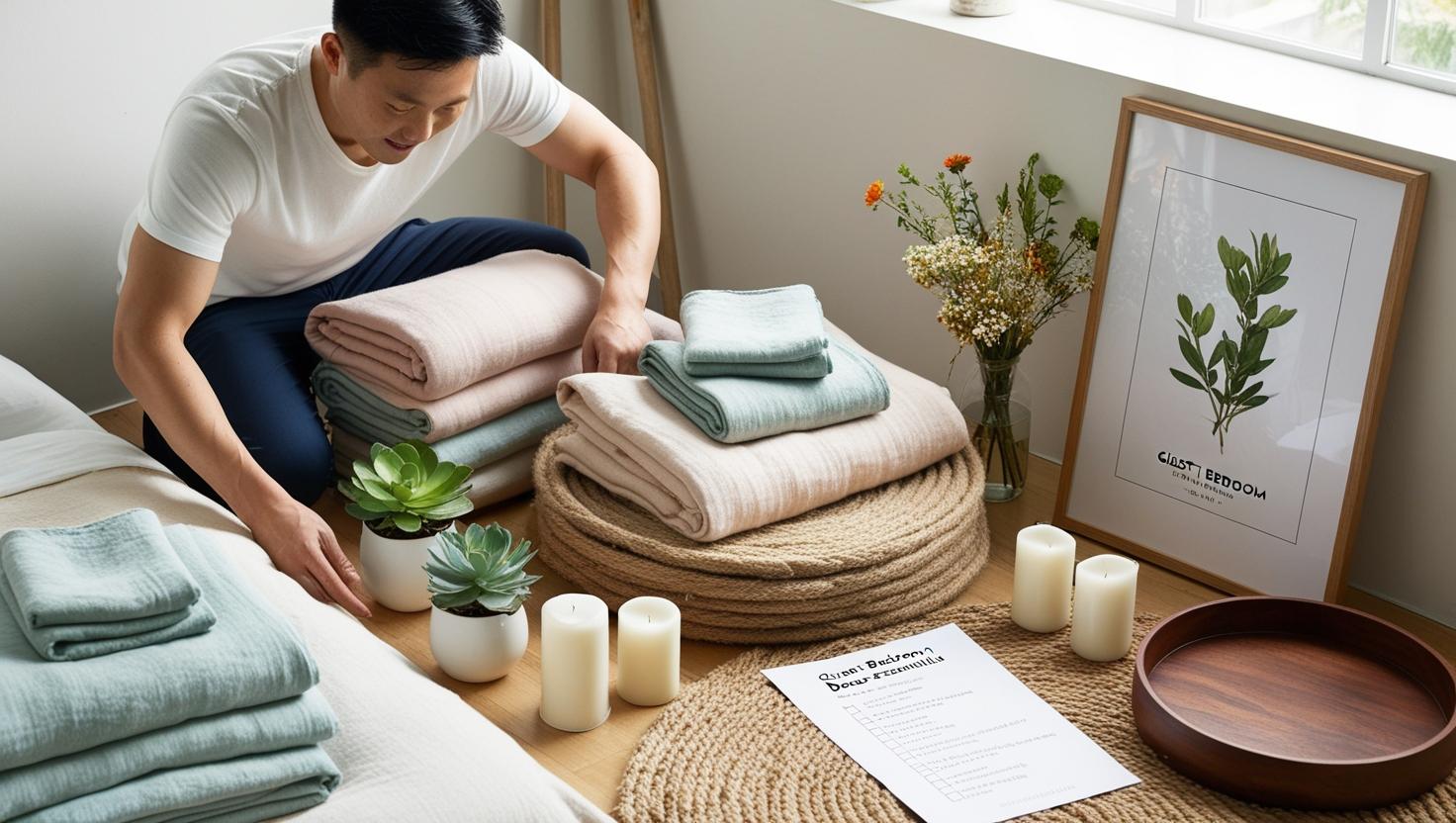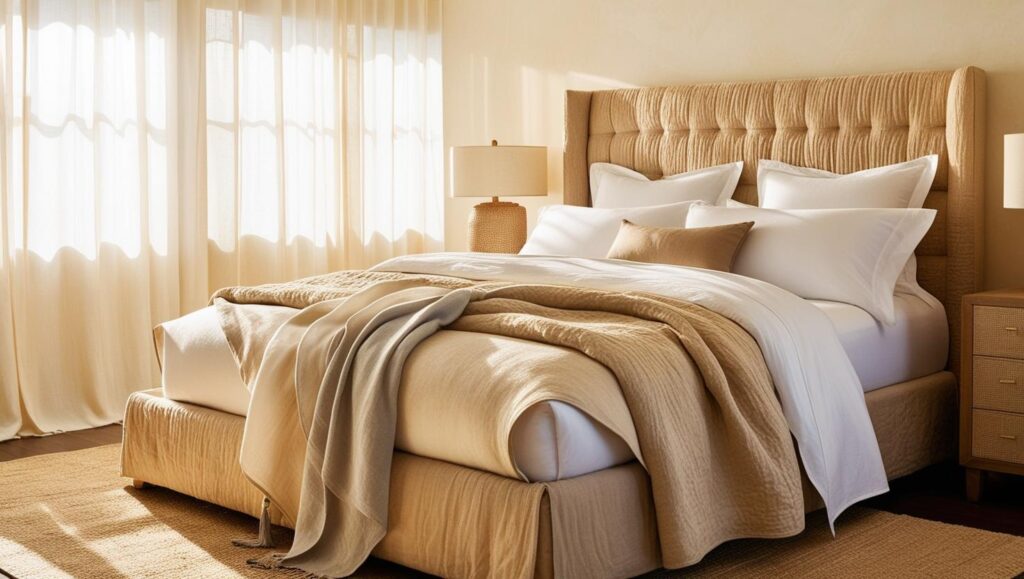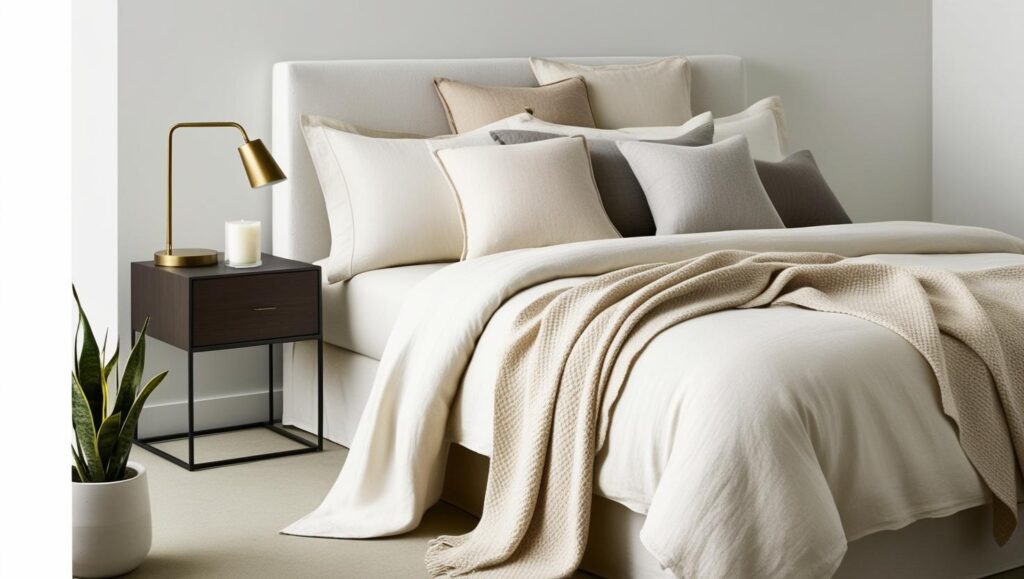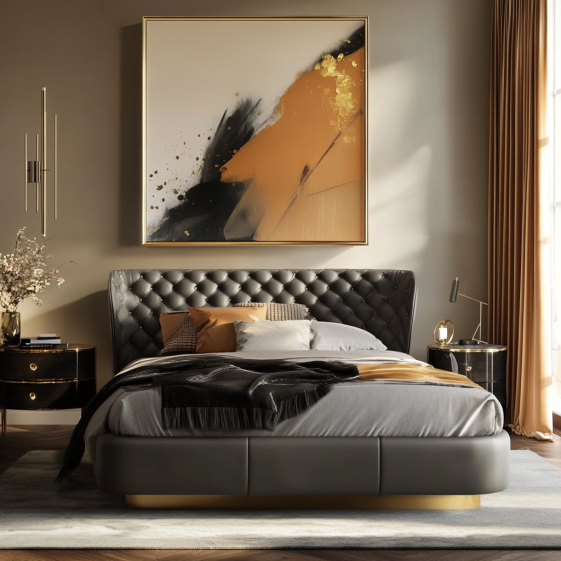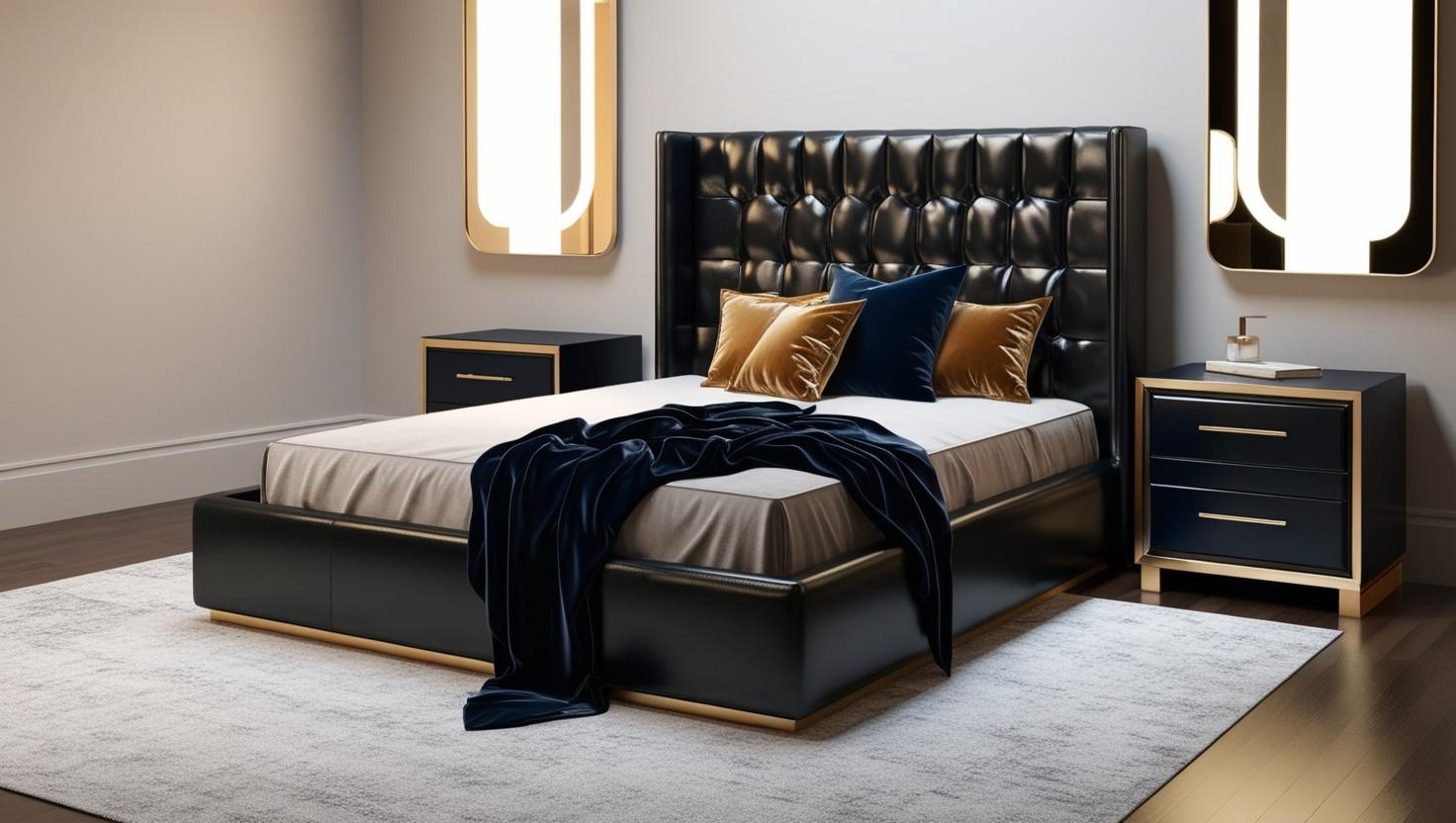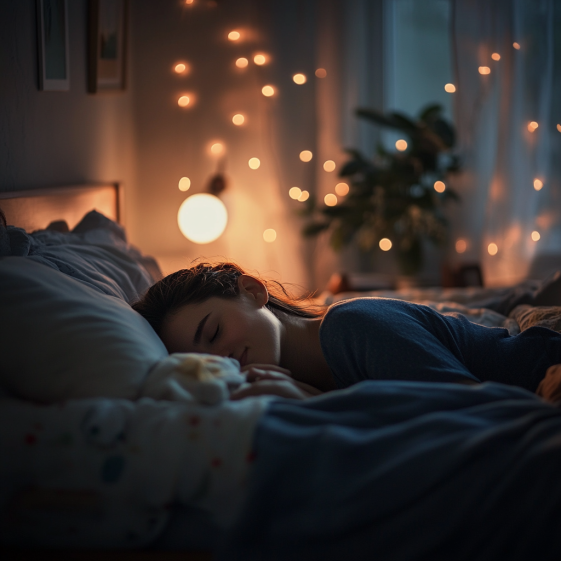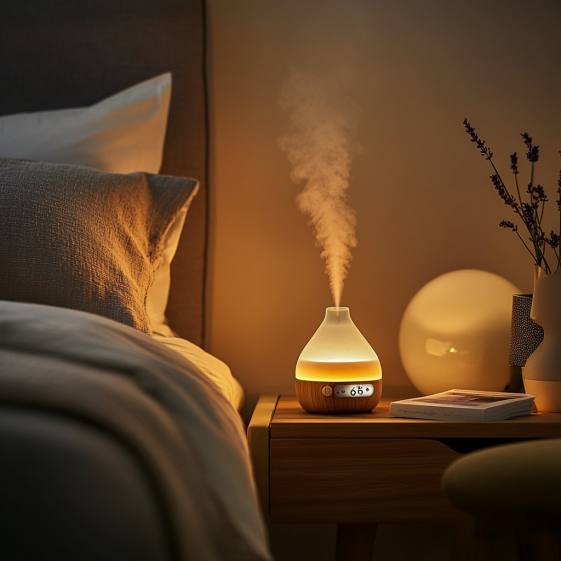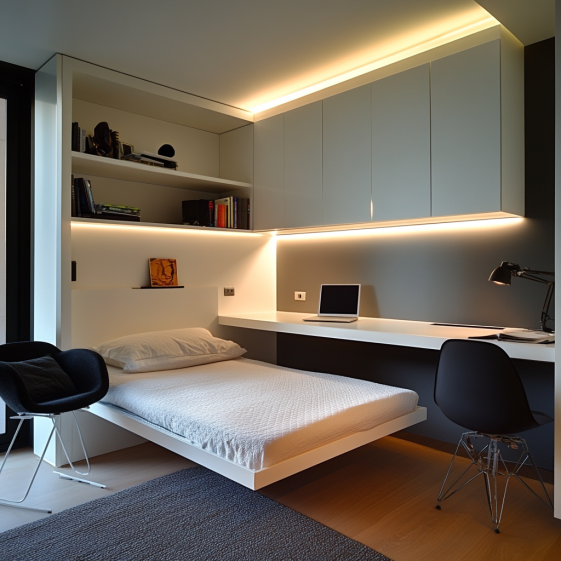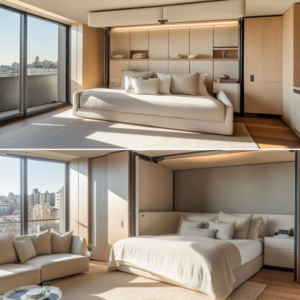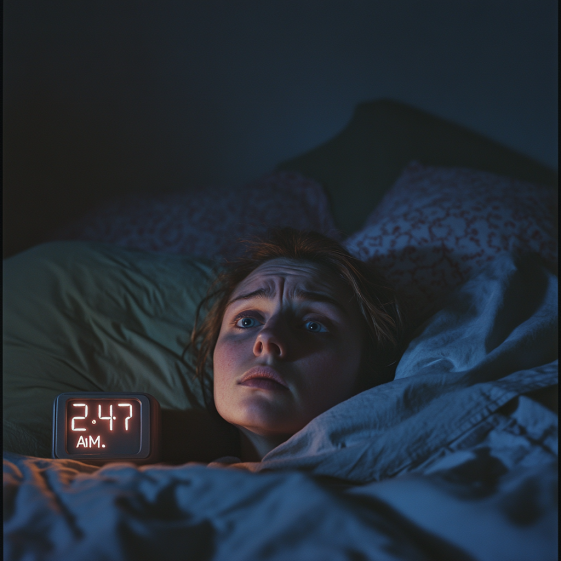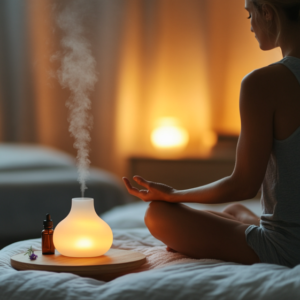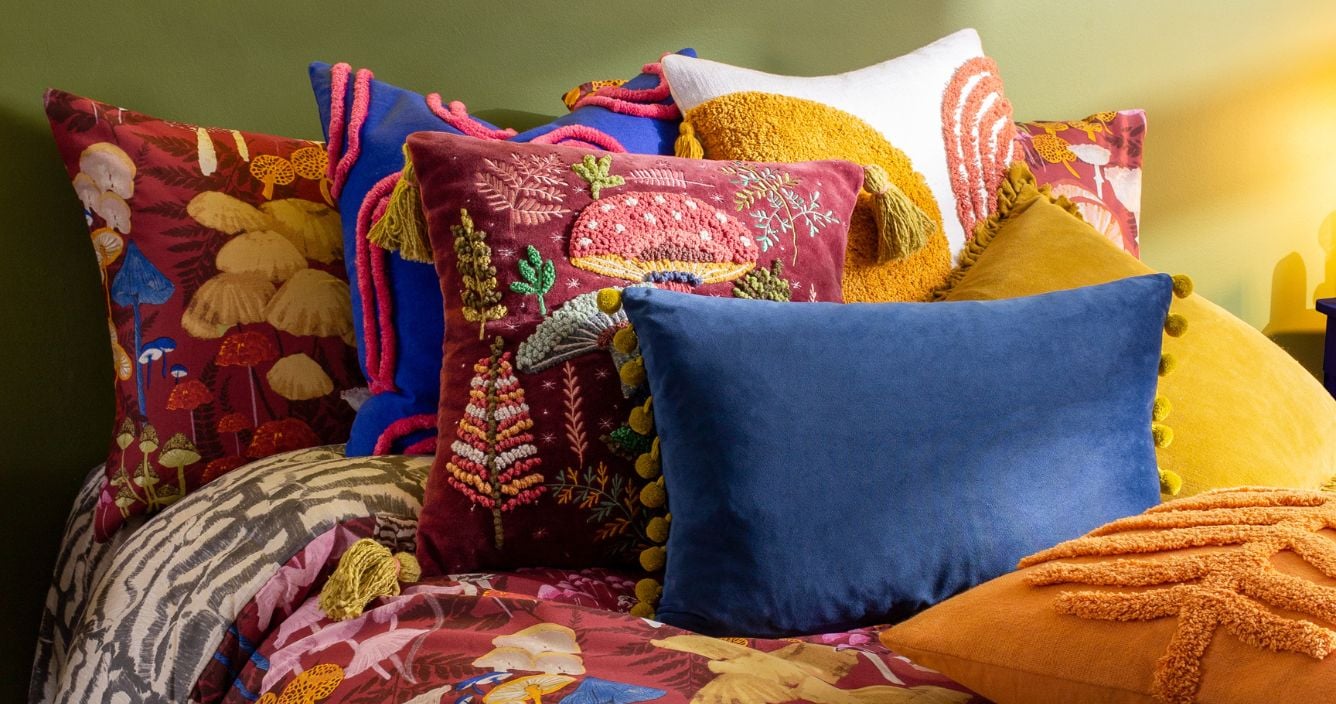The Thuma Bed Frame blends minimalist design, eco-friendly materials, and whisper-quiet stability—an attractive platform for sleepers who want sustainability without sacrificing style.
Thuma Bed Frame: A Minimalist Platform That Puts Sleep First
In a sentence: the Thuma Bed Frame delivers serene style and sturdy, quiet sleep.
If your current base creaks or wobbles, upgrading to the Thuma Bed Frame can be a clear quality-of-life win. This low-profile platform relies on tight joinery and felt-lined contact points, so movements are dampened and nights stay blissfully quiet. Its repurposed wood build offers warm, modern character that works in Scandinavian, boho, or transitional bedrooms.
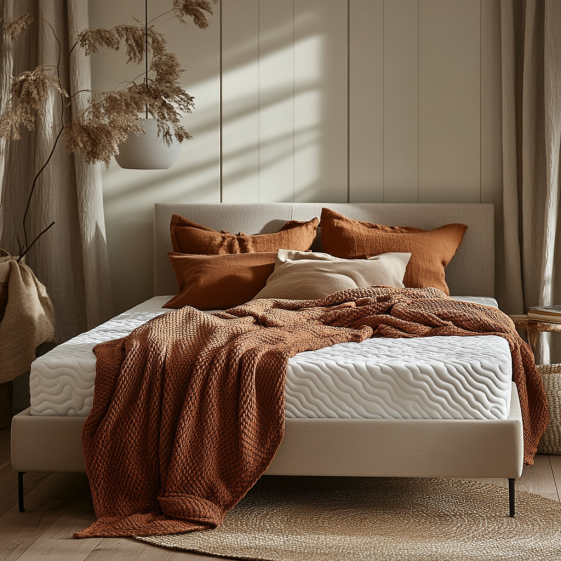
Key Takeaways: Thuma Bed Frame
- Tool-free assembly uses Japanese-inspired joinery; most setups take well under 20 minutes.
- Repurposed wood and a low-VOC finish support a sustainable bedding approach.
- Felt-lined slats and cushioned joints keep the Thuma Bed Frame whisper-quiet.
- Platform design means no box spring is needed; slats support foam and hybrid mattresses.
- Durable construction aims to be a “buy-it-once” piece for eco-conscious homes.
Built for Ease: Assembly, Materials, and Noise Control
Bottom line: the Thuma Bed Frame assembles fast, feels solid, and stays quiet night after night.
The Thuma Bed Frame arrives in modular panels that slide together without metal fasteners. That means setup is quick and repeatable for moves. The frame’s repurposed wood construction gives each piece subtle variation, while felt-lined slats and cushioned contact points minimize friction. If you’re sensitive to squeaks, this design is a standout compared with budget frames that rely on multiple screws.
Platform support is designed to replace a box spring—an approach broadly recommended for platform bases. For context, Sleep Foundation notes that platform beds do not typically require a box spring, and slats can provide strong, breathable support for foam and latex mattresses

Comfort & Support: How the Platform Slats Perform
Quick take: closely spaced slats create a stable, breathable base for most foam and hybrid mattresses.
A platform’s slat spacing matters. Narrow gaps help prevent sagging while allowing airflow that keeps foam cooler. Sleep Foundation’s guidance explains that slats offer strong support for memory foam and latex when spacing is appropriately narrow
(source).
Parachute’s bed guides also emphasize pairing the right frame style with your mattress and room layout
(source).
In daily use, the Thuma Bed Frame feels planted and quiet, especially for couples and combo sleepers. The platform height also supports easy entry and exit compared to very low futon setups. If you’re choosing between bases, Better Homes & Gardens clarifies that platform beds don’t require a separate foundation
(source).
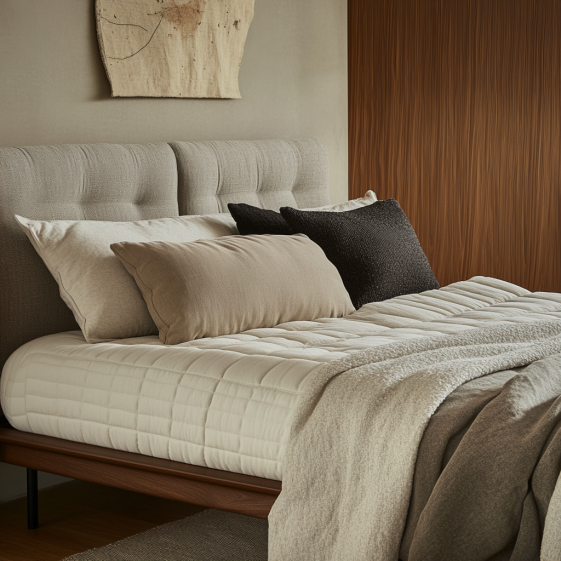
Design Choices: Sizes, Aesthetics, and the Pillowboard
TL;DR: the Thuma Bed Frame’s warm wood finish and modular pillowboard fit modern spaces without visual bulk.
The Thuma Bed Frame favors clean lines and rounded edges that reduce visual weight in smaller rooms. The optional pillowboard sits between the wall and mattress, giving you a soft, washable backrest for reading. This pairs nicely with eco-conscious sheets and organic bedding for an all-around greener sleep setup.
If you’re exploring similar silhouettes before you commit, compare platform designs and buying criteria in Platform Beds: Benefits, Styles, and Buying Guide and weigh materials with Wood vs Metal Bed Frames.
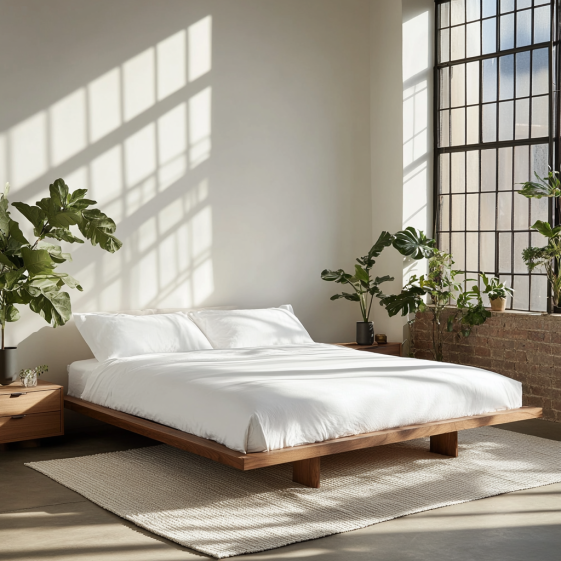
Durability & Value: Is the Thuma Bed Frame Worth It?
Short answer: yes—if you want a quiet, long-lasting platform with timeless style.
Priced around $1,095 for a queen, the Thuma Bed Frame isn’t a bargain buy, but its durable construction aims to outlast disposable frames. Real wood, replaceable modules, and a squeak-resistant build contribute to long-term value. When you factor in the lifespan of quality platforms, the cost per year often undercuts cheaper frames that need replacing every few cycles.
Still price-sensitive? See our internal roundups for strong alternatives—such as Best Queen Size Bed Frames or space-saving picks in
Best Folding Bed Frames for Apartments.
Drawbacks to Consider
Reality check: premium price and limited stylistic variations may not suit every shopper.
- Minimalist look only: If you want ornate details or built-in storage, you’ll need another model.
- Higher upfront cost: Quality materials and joinery command a premium.
- Stock timing: Popular finishes can sell through quickly during peak seasons.
Eco Angle: How Thuma Fits a Greener Bedroom
Summary: repurposed wood, simple packaging, and long service life support a lower-waste sleep setup.
Sustainability rarely comes from one feature alone. The Thuma Bed Frame uses repurposed wood to reduce demand for new materials, ships efficiently in modular cartons, and aims for longevity so you buy less often. Round out your eco-plan with breathable, sustainable bedding and organic bedding made from natural fibers, which pair well with the frame’s airflow-friendly slats.
Who Should Buy the Thuma Bed Frame?
Bottom line: buy if you want quiet stability, minimal maintenance, and a refined, wood-forward look.
Choose the Thuma Bed Frame if creaks wake you, you prefer streamlined assembly, or you want a low-profile platform that plays well with foam and hybrid mattresses. Skip it if you need integrated drawers, an upholstered aesthetic, or a very tall bed height out of the box.
FAQ: Thuma Bed Frame
- Does the Thuma Bed Frame need a box spring?
- No. It’s a platform design, so your mattress rests on slats. This aligns with general guidance that platform beds don’t require a box spring (Sleep Foundation).
- Is the Thuma Bed Frame noisy?
- It’s engineered for quiet. Cushioned joints and felt-lined slats help minimize noise during movement.
- What mattresses pair best with the Thuma Bed Frame?
- Memory foam, latex, and hybrid models typically work well—just ensure slat spacing supports your mattress type (guidance on slats).
- Is there a headboard?
- Thuma’s pillowboard acts like a soft headboard, sitting between the wall and mattress without hardware for a clean look.

